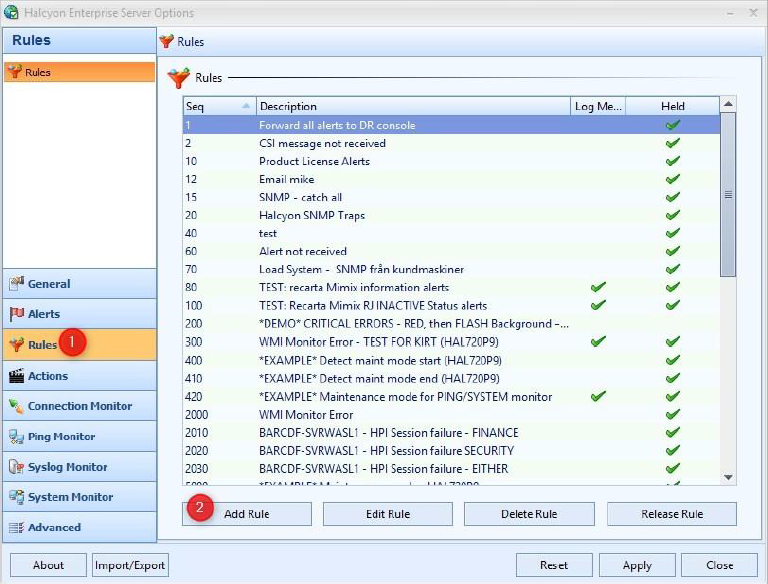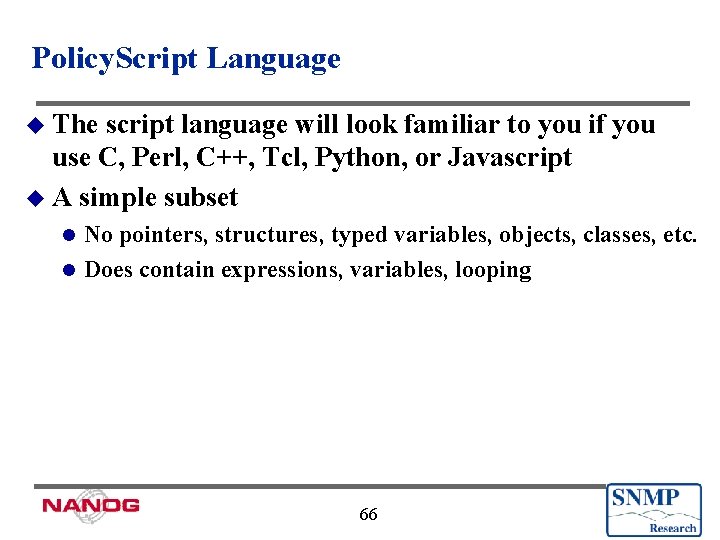

- #Automation with python snmp trap receiver update
- #Automation with python snmp trap receiver password
#Automation with python snmp trap receiver password
But the fewer schemes you need to set up on the SNMP devices, the less configuration and password management you need on the receiver. Do not try to shoe-horn all devices into using one type as this makes managing the systems harder than necessary. If you have multiple devices that need to use multiple schemes, you should create multiple users, one for each scheme type. Some devices do not support all of these combinations, so you must check what can be used to ensure the trap receiver is configured in the same way. Messages are authenticated but not encryptedĪs can be seen above, the best security scheme is 'authPriv', but it takes more to configure a working system.įor systems to communicate, both sides must use the same authProtocol (MD5 or SHA) and privProtocol (AES or DES). The security level you use depends on what credentials you must provide to authenticate successfully: Security Level Depending on how you authorize with the SNMP agent on a device, you may be granted different levels of access. Version 3 uses the same base protocol as earlier versions, but introduces encryption and much improved authentication mechanisms. However, even that approach can provide too much information to the wrong type of party.
#Automation with python snmp trap receiver update
The only security options with SNMP v1 and v2c are to either disable it altogether (not very helpful for monitoring purposes) or make sure SNMP enabled devices are 'read only' (SNMP can allow you to update configuration on devices) so that if the connection details were obtained by a 3rd party, they could only look at what was happening rather than change device configuration. Older versions of SNMP relied on a single unencrypted "community string" for both get requests and traps, which made it very insecure on the network (anyone with network experience could 'snoop' on the network and detect the unencrypted community strings). If the sender doesn't get the acknowledgement back, then it knows there is an existing problem and can log it for sysadmins to find when they interrogate the device. Upon receipt of an INFORM, the receiver must send an acknowledgement back. The SNMP v2c specification introduced the idea of splitting traps into two types the original 'hope it gets there' trap and the newer 'INFORM' traps. This means if the configuration on the sending device is wrong (using the wrong receiver IP address or port) or the receiver isn't listening for traps or rejecting them out of hand due to misconfiguration, the sender will never know. Since SNMP is primarily a UDP based system, traps may be 'lost' when sending between devices the sending device does not wait to see if the receiver got the trap. This blog covers SNMPv3 traps, as polling and version 2c traps are covered elsewhere in our documentation. The latter includes instances such as someone logging on, the device powering up or down, or a wide variety of other problems that would need this type of investigation. There are two modes of operation with SNMP - get requests (or polling) where one device requests information from an SNMP enabled device on a regular basis (normally using UDP port 161), and traps where the SNMP enabled device sends a message to another device when an event occurs (normally using UDP port 162).

By default, it is a UDP based protocol where communication is based on a 'fire and forget' methodology in which network packets are sent to another device, but there is no check for receipt of that packet (versus TCP when a network packet must be acknowledged by the other end of the communication link). SNMP has gone through several revisions to improve performance and security (version 1, 2c and 3). They can be quite confusing and complicated to set up the first time you go through the process, but when you understand what is going on, everything should make more sense. We have various articles already in our documentation for setting up SNMPv2 trap handling in Opsview, but SNMPv3 traps are a whole new ballgame.


 0 kommentar(er)
0 kommentar(er)
